Dagster vs Apache Airflow: Choosing the Right Orchestrator for Modern Data Pipelines
1. Introduction
Every data engineer eventually faces the same question: should I build my pipelines with Airflow or Dagster?
Both tools orchestrate complex data workflows — but they reflect two very different generations of data engineering philosophy.
If Airflow is the veteran pilot that’s been flying since the early days of batch ETL, then Dagster is the next-gen autopilot that brings observability, testing, and developer experience to the cockpit.
2. The Core Difference: Task-based vs Data-aware
Apache Airflow was built by Airbnb engineers in 2015 to schedule and monitor tasks. It treats workflows as DAGs of tasks, where each task is a unit of execution.
It’s simple, proven, and widely supported — but it doesn’t know much about the data flowing through it.
Dagster, launched in 2018, flipped that perspective. Instead of task-based orchestration, it introduced data-aware orchestration. Dagster understands inputs, outputs, and metadata — treating every pipeline as a software-defined asset graph.
This small difference changes everything:
- Airflow = “Run task A, then B.”
- Dagster = “Materialize dataset A, then dataset B.”
3. Developer Experience
| Feature | Airflow | Dagster |
|---|---|---|
| Language | Python (with heavy YAML/CLI setup) | Pure Python, type-checked, integrated |
| UI/UX | Functional but dated | Modern, reactive UI with real-time logs |
| Testing | Limited, often mocked | Built-in unit testing and local runs |
| Deployment | Requires extra setup (Celery/Kubernetes) | Dagster Cloud / Dagster+Docker friendly |
Dagster feels like writing software. Airflow feels like configuring jobs.
That difference is crucial for teams adopting DataOps or MLOps, where version control and testing pipelines are essential.
4. Observability and Metadata
Airflow’s metadata database tracks task states — success, failure, retries — but not the data itself.
Dagster, on the other hand, tracks data lineage, versions, and materializations. You can literally trace what data asset was updated, by which code, and when.
In practice, that means fewer “why is my dashboard wrong?” moments and easier debugging when datasets go stale.
5. Real-World Example
Imagine you’re running a daily ETL pipeline:
- Ingest data from PostgreSQL
- Transform with dbt
- Load into Snowflake
In Airflow, you’d define three separate tasks in a DAG and chain them.
In Dagster, you’d define three assets — postgres_data, transformed_model, and snowflake_table — and Dagster would manage dependencies automatically.
If the raw data hasn’t changed, Dagster won’t re-run transformations — it’s smart and incremental.
6. Governance, Scaling, and Community
Airflow still dominates in enterprise environments thanks to its massive ecosystem, including providers for AWS, GCP, and Databricks.
Dagster, however, is growing fast — its open-source community is very active, and Dagster Cloud offers a sleek managed service for scaling teams.
For governance, Dagster’s built-in type systems, asset versioning, and metadata logs make it easier to comply with data quality and lineage standards.
7. Which One Should You Choose?
| Use Case | Recommendation |
|---|---|
| Large enterprise with existing Airflow setup | Stick with Airflow, integrate with modern tools like dbt & Great Expectations |
| New data platform or MLOps project | Start with Dagster — faster development, better observability |
| Heavy Kubernetes environment | Either works, but Dagster Cloud simplifies setup |
| Focused on data lineage & quality | Dagster wins hands down |
8. Conclusion
Apache Airflow built the foundation of modern data orchestration.
Dagster is redefining it — making pipelines smarter, testable, and more maintainable.
If Airflow is the reliable Boeing, Dagster is the SpaceX rocket — newer, more data-aware, and built for the next decade of automation.
#Dagster #ApacheAirflow #DataEngineering #DataPipelines #MLOps #DataOps #ETL #WorkflowAutomation #OpenSourceTools #ModernDataStack


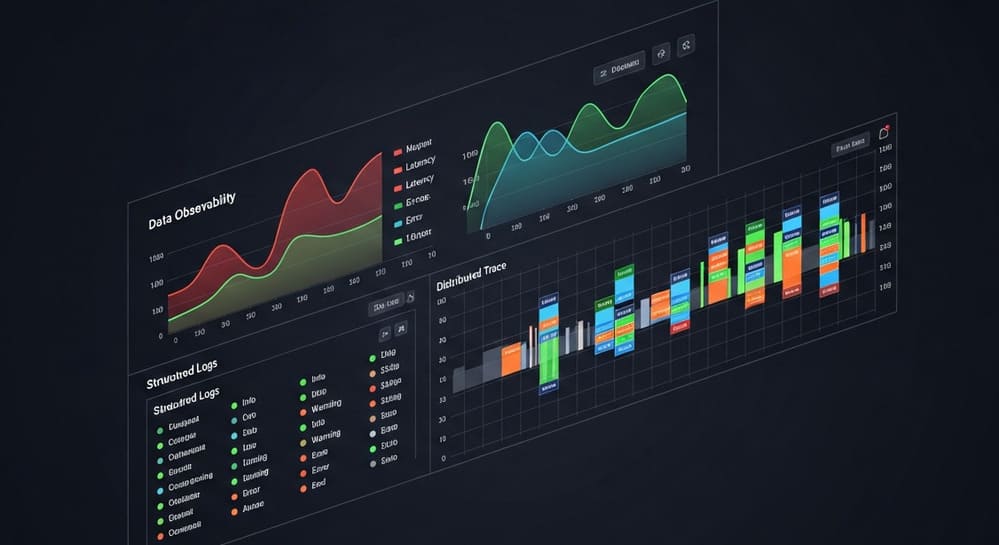
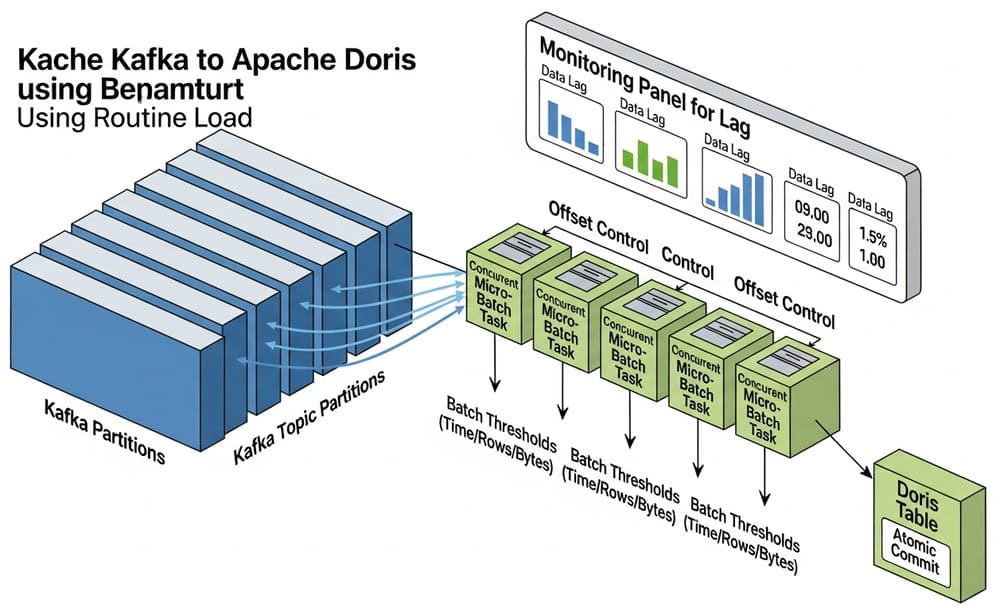

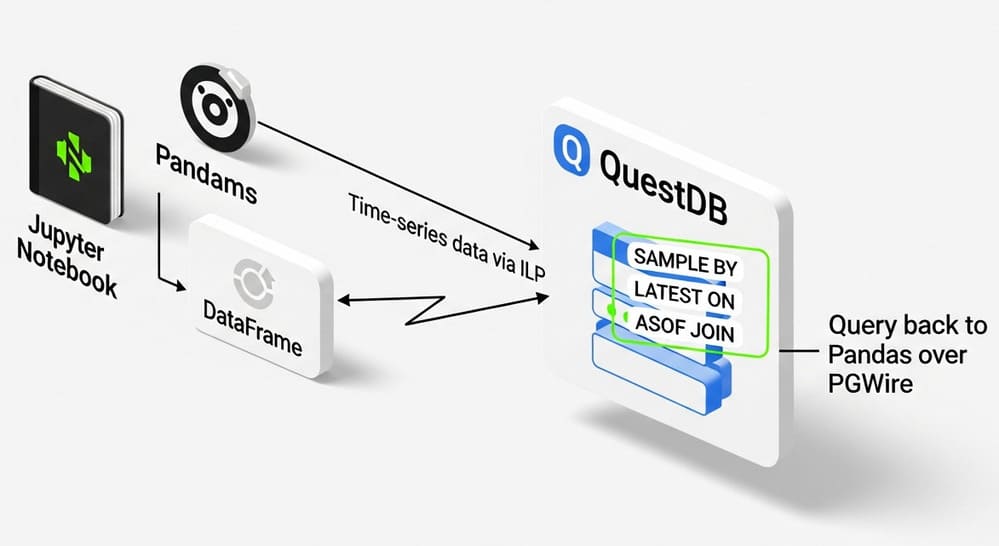
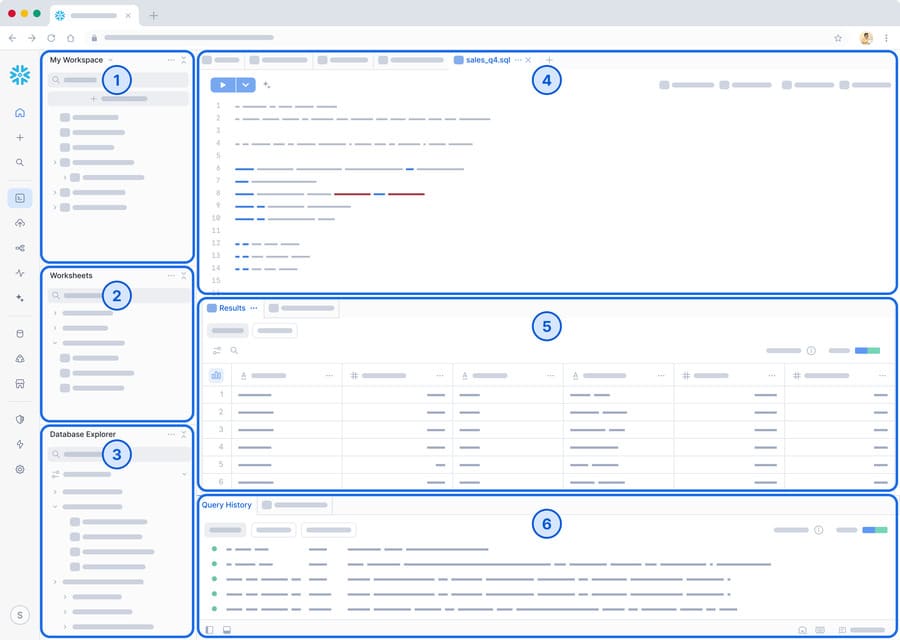

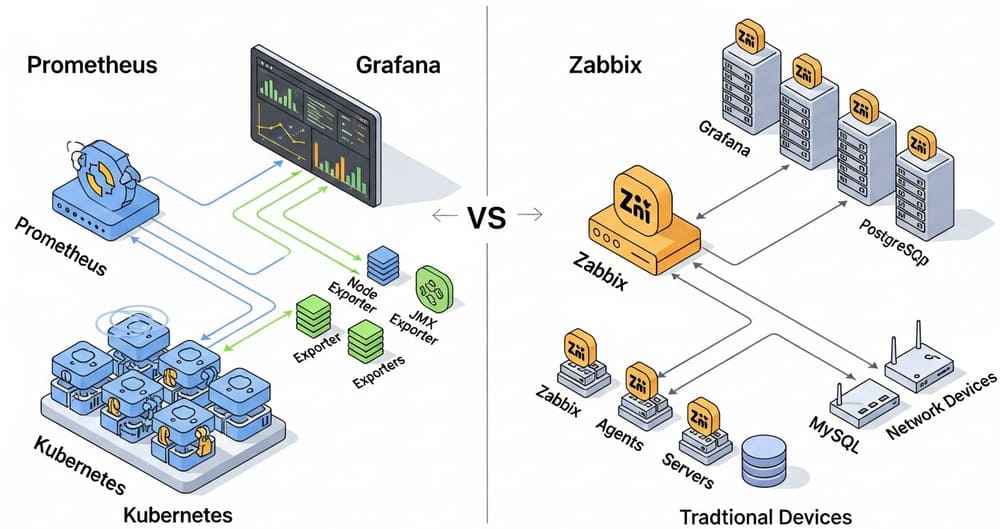
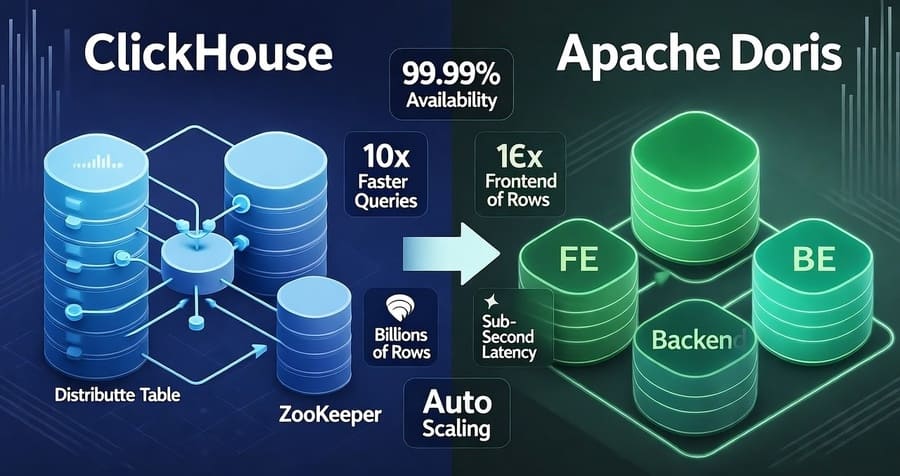
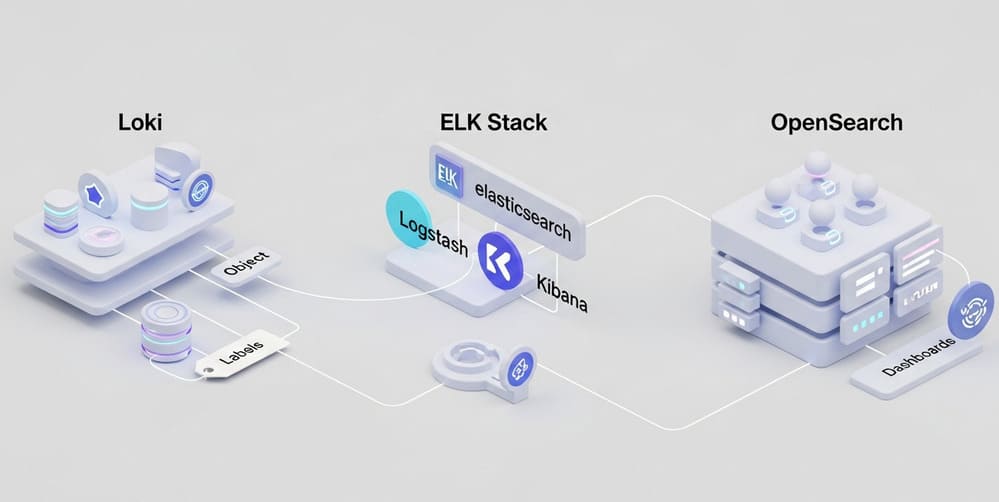
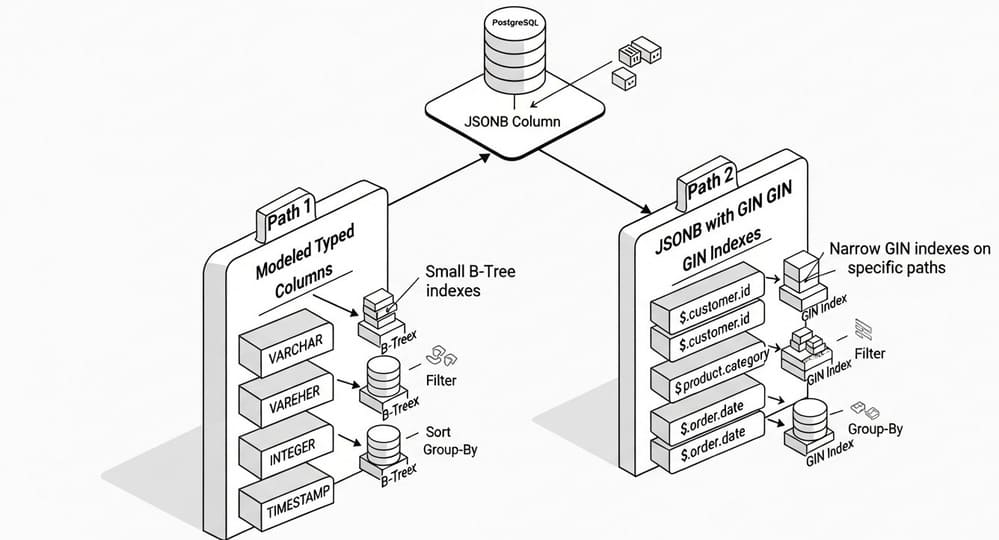
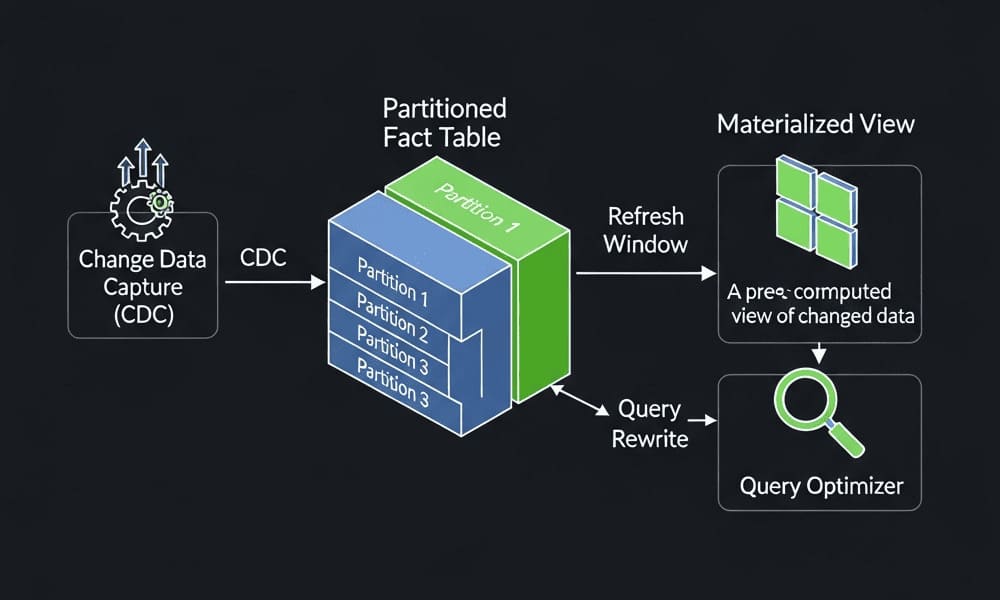
Leave a Reply